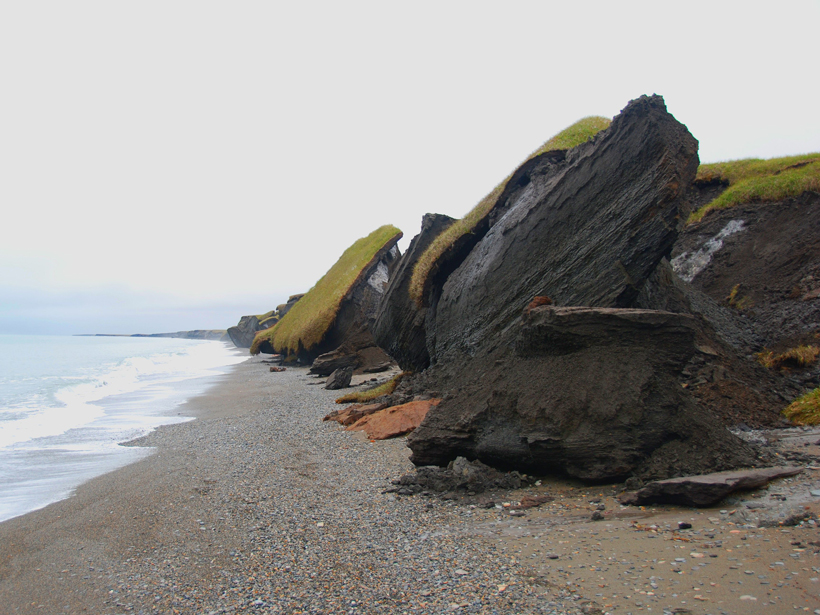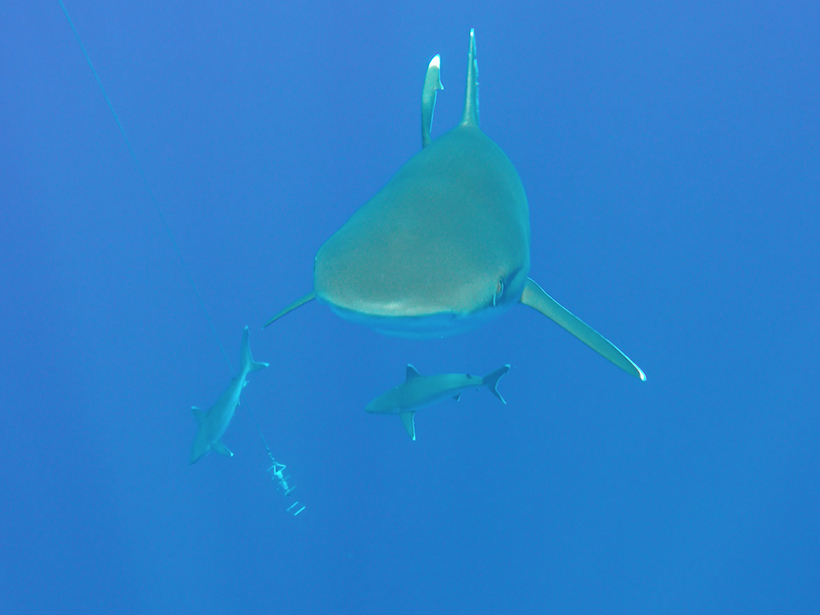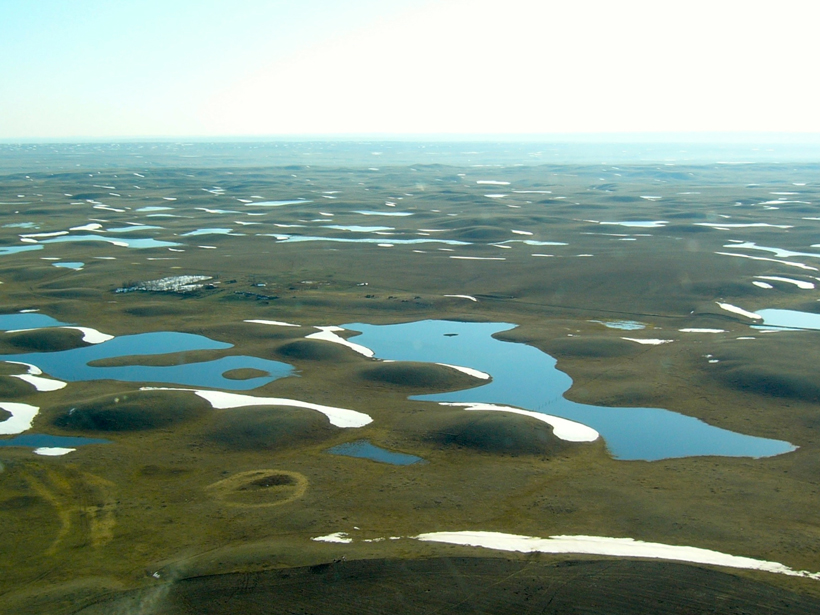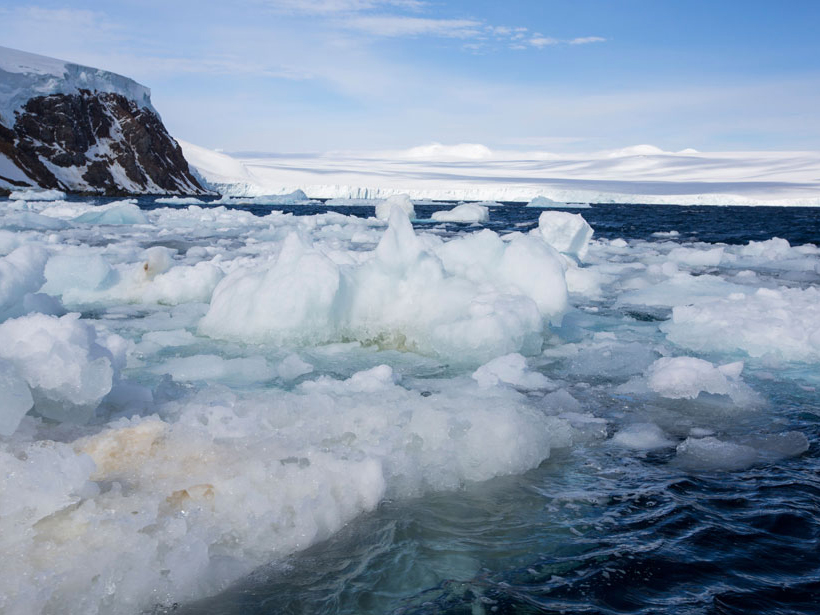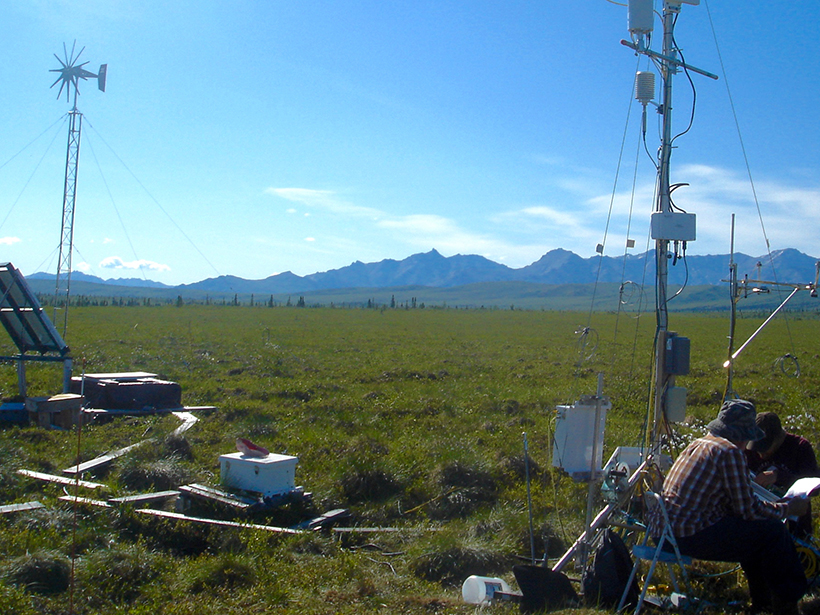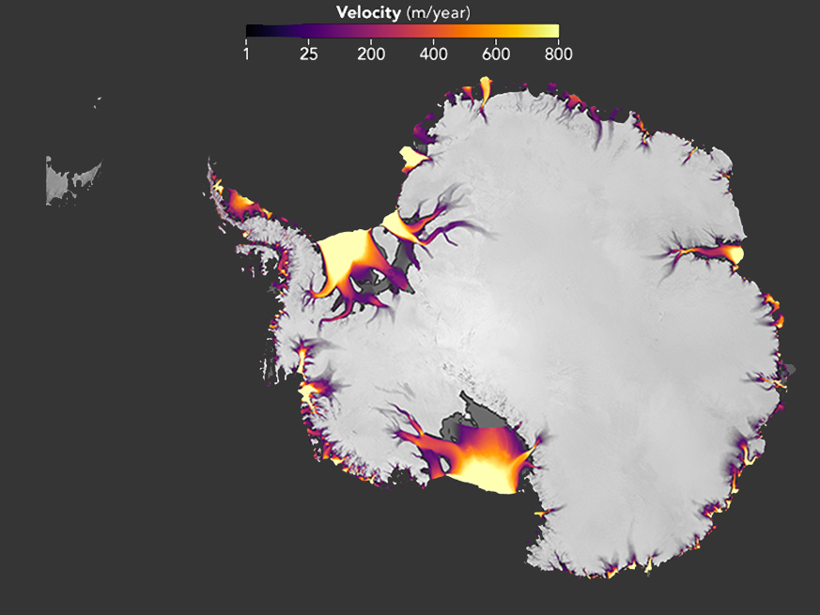New findings highlight the need to account for large amounts of ground ice contained in frozen soil when assessing Arctic carbon cycling.
CC BY-NC-ND 2018
Cobalt Key to Development of Early Life on Earth
Cobalt may have played in important role in the early development of life on Earth, and been more available to ancient life than modern due to the higher mafic composition of early continents.
Nutrient-Rich Water Around Seamounts Lures Top Predators
At an Indian Ocean marine refuge, tides drive cold water laden with nutrients onto the tops of underwater mountains, where it sustains a long food chain that culminates in sharks, tuna, and seabirds.
Solid-Fuel Use Puts Human Health at Risk
Data gaps obscure the full extent of deaths caused by heating homes with wood and other solid fuels.
Prairies, Potholes, and Public Policy
Studying the Prairie-Pothole Region of North America could help improve water resource management across the continent.
Counting Every Drop
The challenge of collecting and analyzing precipitation data collected at different times, in different places, and on different scales.
U.S. Scientists Safely Retrieved from Ice-Bound Antarctic Island
Argentineans came to the aid of stranded scientists.
Widespread Mantle Upwelling Beneath Oceanic Transform Faults
A global characterization of mantle flow patterns beneath active oceanic transforms suggests pervasive upwelling stabilizes divergent plate boundaries by warming and weakening these enigmatic features.
Understanding High-Latitude Methane in a Warming Climate
Climate change could spur greenhouse gas release from the Arctic. A new project will synthesize existing data to improve uncertain predictions.
New Maps Highlight Antarctica’s Flowing Ice
The maps focus on surface ice velocity, showing how Antarctica’s frozen surface changed over a 7-year period.

